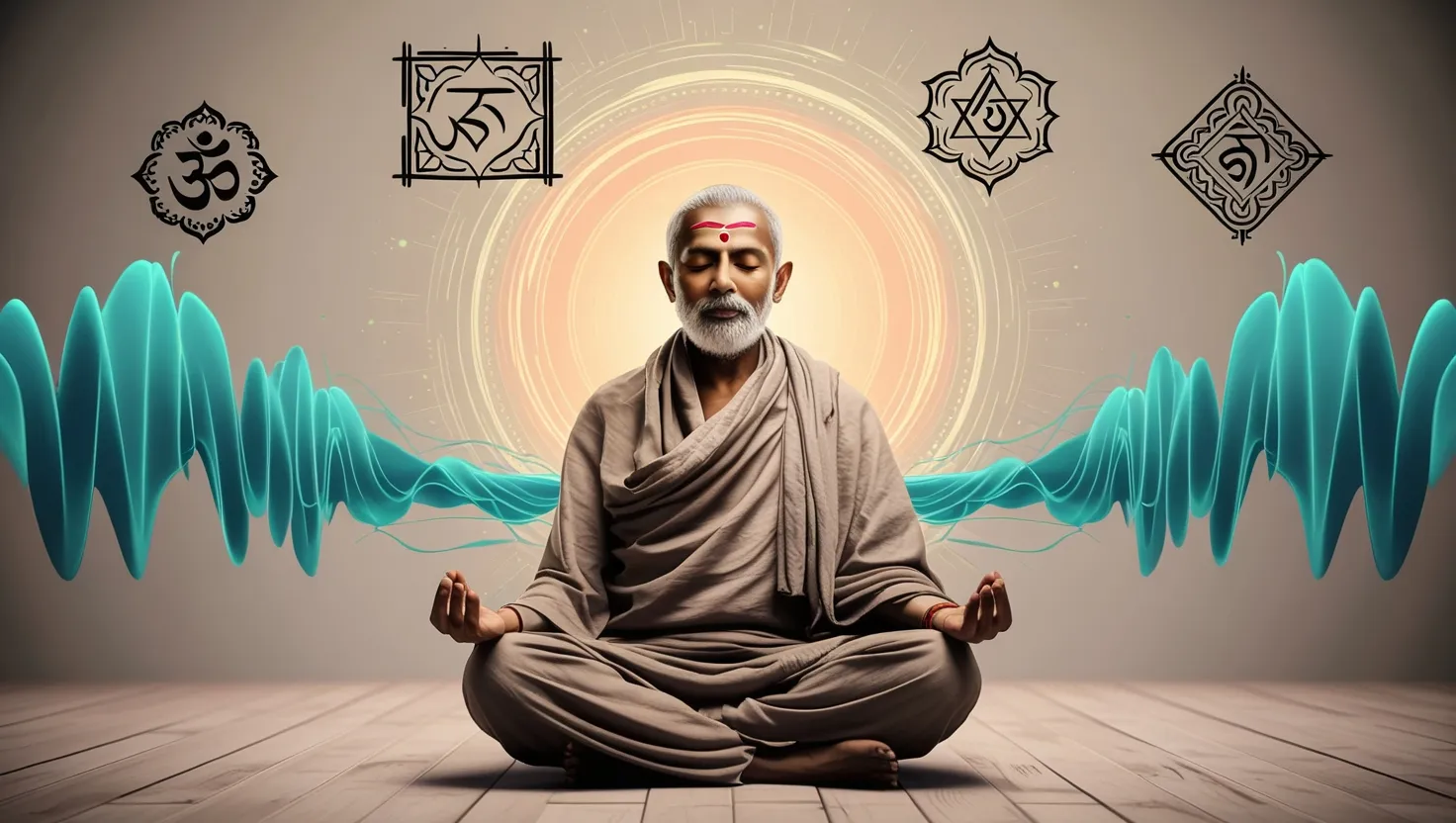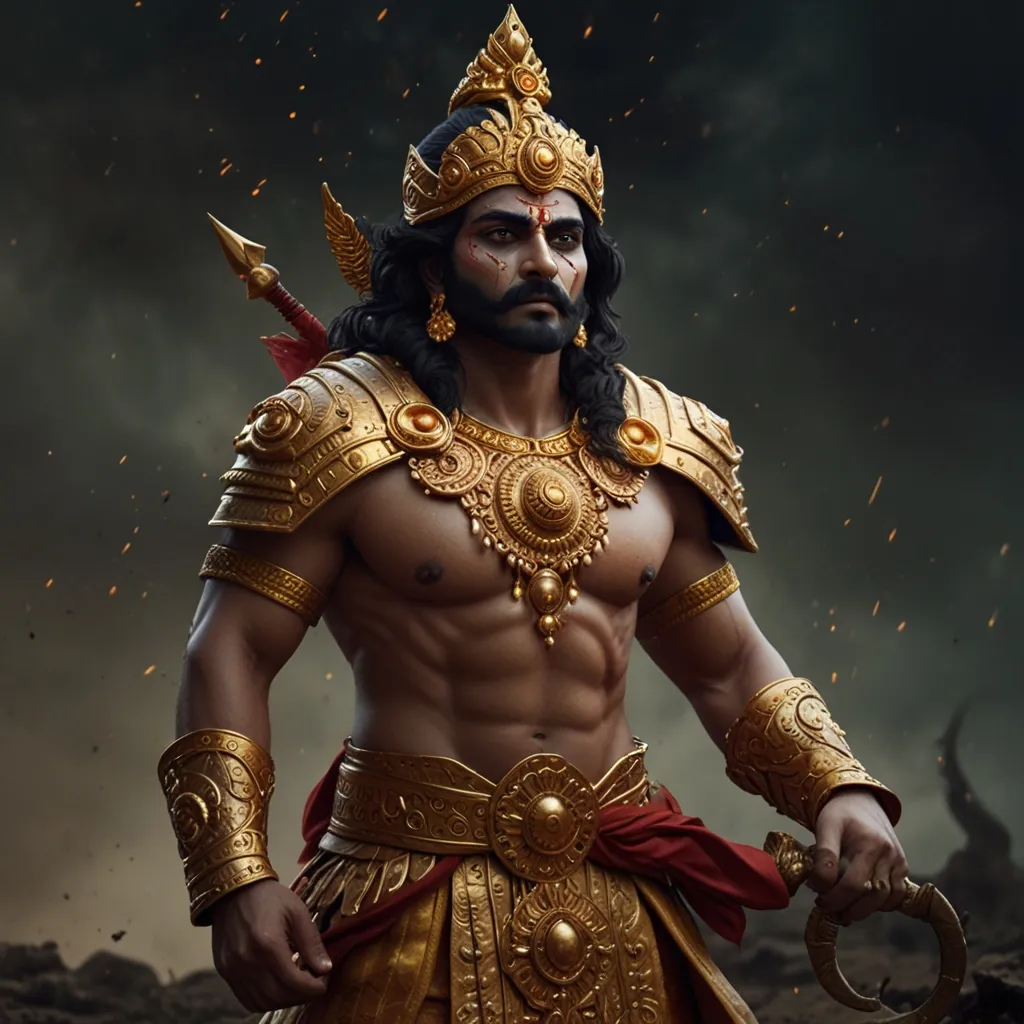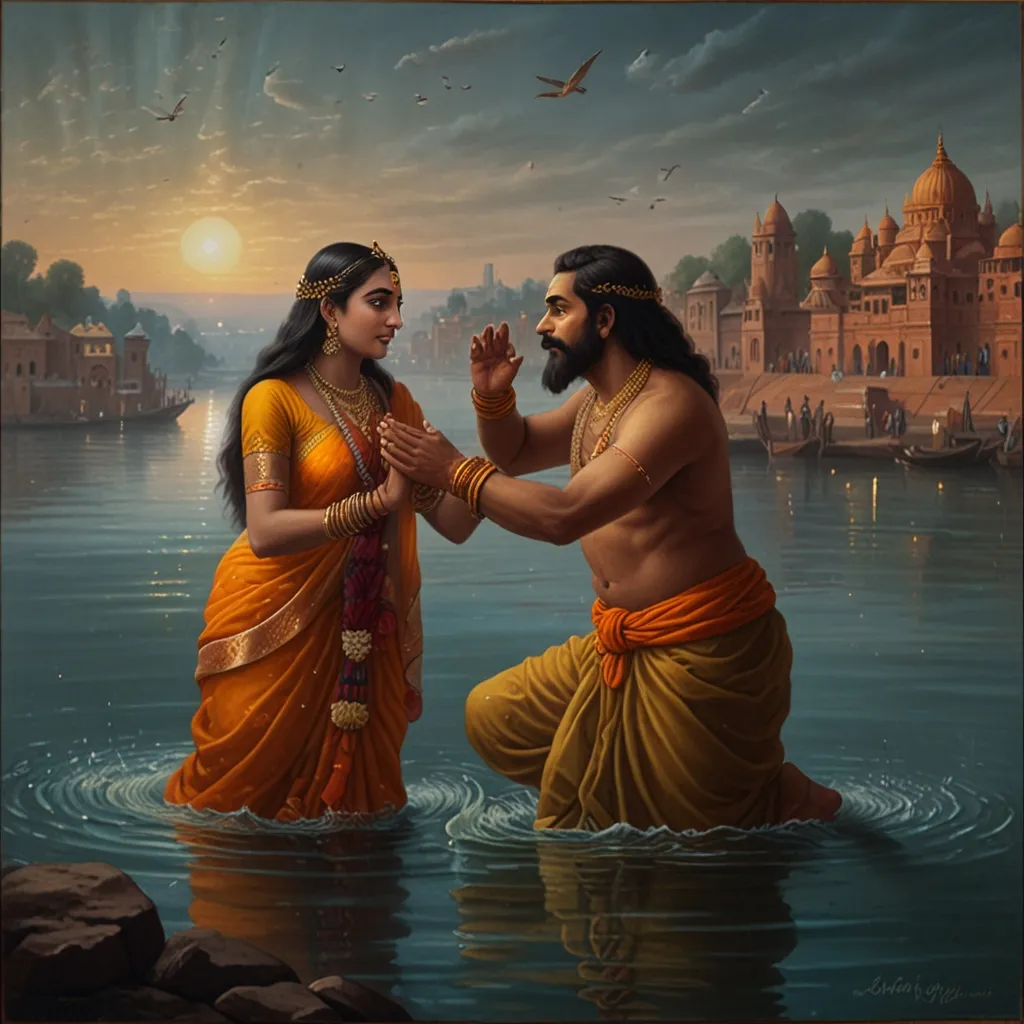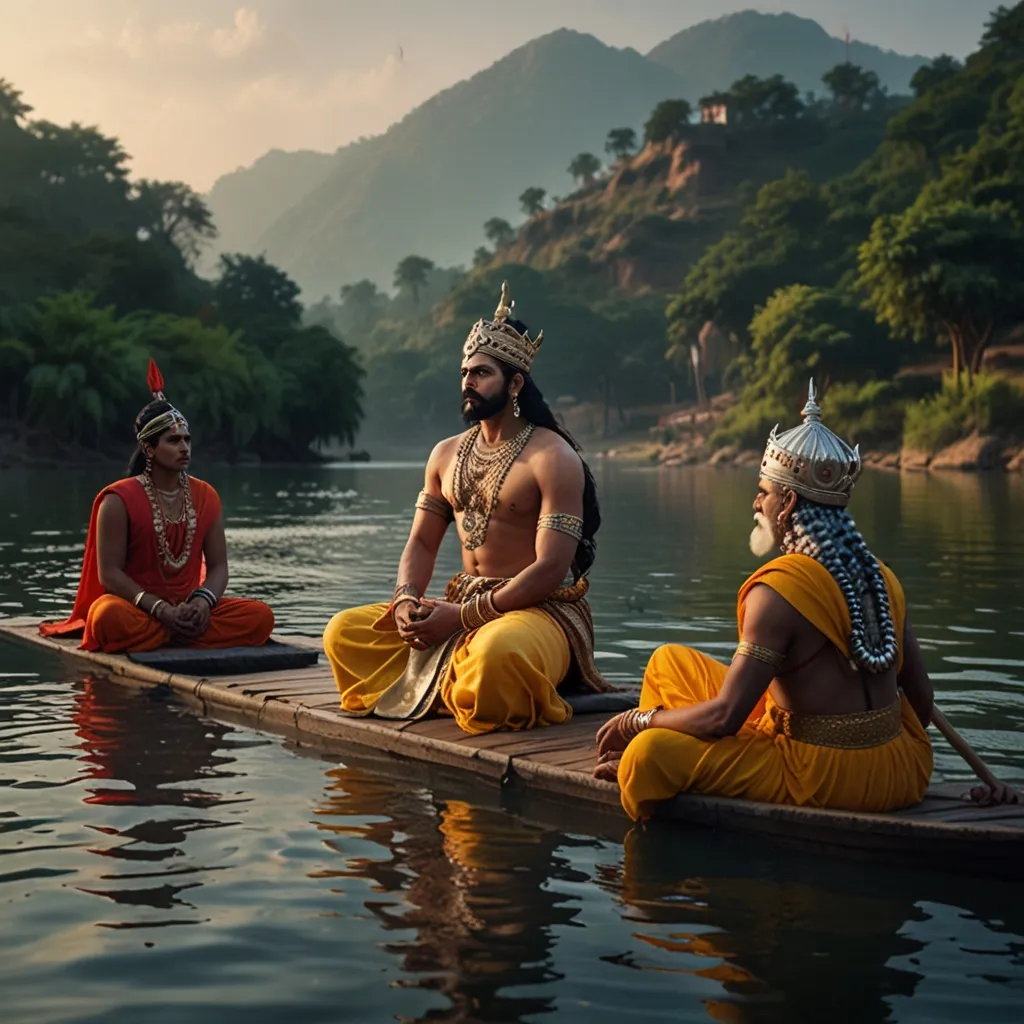As we delve into the sacred world of Hinduism, one concept stands out for its profound impact on the tradition’s spiritual and philosophical foundations: Shruti. This term, meaning “that which is heard,” encapsulates the essence of Vedic knowledge and its transmission through the ages.
At the heart of Shruti are the Vedas, the oldest and most revered texts of Hinduism. These ancient scriptures were not written down initially but were transmitted orally from teacher to student. This oral tradition was crucial, as it ensured that the knowledge was passed on with precision and reverence. The Vedas include the Rigveda, Yajurveda, Samaveda, and Atharvaveda, each with its own set of embedded texts such as the Samhitas, Brahmanas, Aranyakas, and the early Upanishads.
The concept of Shruti is deeply intertwined with the idea of divine revelation. These texts are considered to be of divine origin, heard by ancient sages known as rishis who were in a state of deep meditation or trance. According to tradition, these rishis did not create the Vedas but merely heard and repeated the vibrations or sounds that they received. This makes Shruti distinct from Smriti, which refers to texts that are remembered by ordinary human beings.
The transmission of Shruti was a meticulous process. The rishis would chant the Vedas, and their students would learn by listening and repeating. This method ensured that the texts were preserved in their original form, free from human errors or interpretations. The importance of oral transmission cannot be overstated; it was a way to protect the sacred knowledge from being misunderstood or misused.
When we explore the role of Shruti in Vedic chanting and mantra recitation, we find that sound plays a central role in spiritual practice. The Vedas are composed of mantras, which are not just words but sound impulses that carry deep spiritual significance. Chanting these mantras is believed to align the practitioner with the cosmic vibrations, allowing them to connect with the source of creation. Each mantra combines sounds from the Sanskrit alphabet, which is considered to be a language that reflects the very fabric of the universe.
The act of chanting is more than just vocalizing words; it involves the integration of prana (the vital energy or breath) and vak (speech). When we chant, we engage our entire being – the breath, the senses, and the mind. This connection between prana and vak is crucial because it links our self-awareness with the external world, allowing us to transcend the mundane and connect with the divine.
In the context of meditation, Shruti offers a powerful tool for self-realization. The Upanishads, which are part of the Shruti corpus, provide philosophical elaborations on the Vedas that form the basis of much of later Hindu philosophy and theology. These texts guide the seeker towards understanding the ultimate reality, often described as Brahman. The concept of Abheda Shruti, for instance, emphasizes the non-dual nature of existence, where there is no distinction between the individual self (Jiva), the ultimate reality (Paramatma), and the world (Maya).
The philosophies derived from Shruti have been interpreted in various ways by different acharyas or spiritual teachers. Sri Adi Shankara focused on Abheda Shruti, advocating for non-dualism where all distinctions are ultimately illusory. In contrast, Sri Madhwa emphasized Bheda Shruti, which recognizes the real differences between Jiva, Paramatma, and Maya. Sri Ramanuja’s Ghataka Shruti reconciles these views, proposing a qualified non-dualism where the distinctions are real but ultimately lead to a unified understanding.
Shruti’s impact on Hindu thought is profound, yet its influence extends beyond the realm of philosophy. It shapes the daily spiritual practices of many Hindus, from the chanting of mantras during rituals to the recitation of Vedic hymns in personal meditation. This tradition views sound not just as a medium of communication but as a potent force for spiritual transformation.
By exploring Shruti, we gain a deeper understanding of the nature of knowledge and the power of oral tradition. It highlights how ancient wisdom can be preserved and passed down through generations without losing its essence. For those interested in meditation or Vedic lore, delving into Shruti offers practical guidance on how to use sacred sound to enhance their spiritual practices.
In essence, Shruti is more than just a collection of ancient texts; it is a living tradition that continues to resonate with us today. It reminds us that sound has the power to connect us with something greater than ourselves, a cosmic melody that echoes through the ages. As we listen to this melody, we are invited to align ourselves with the vibrations of the universe, to become one with the source of creation, and to experience the profound spiritual reality that lies at the heart of Vedic wisdom.






